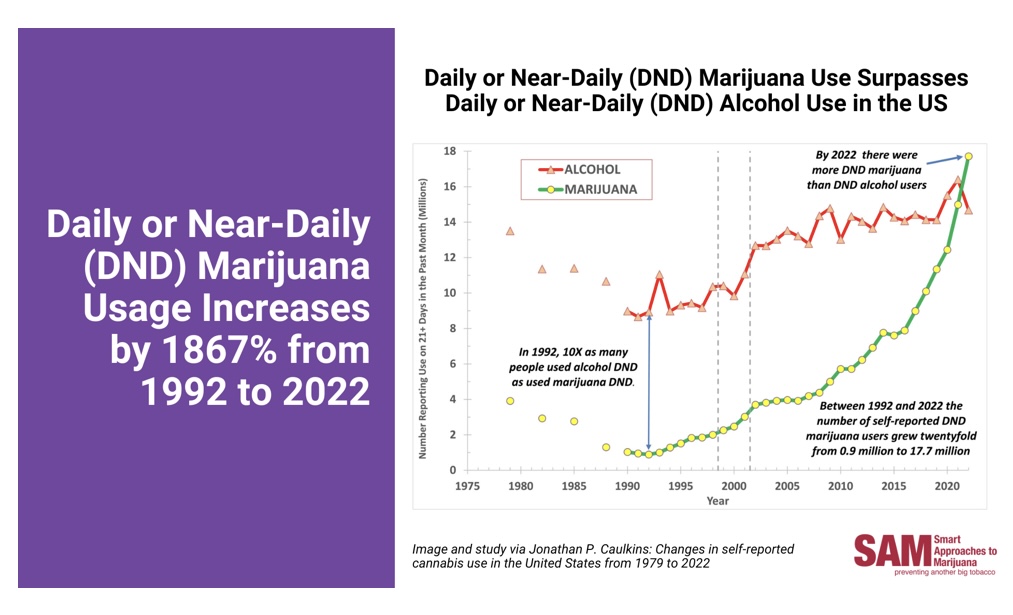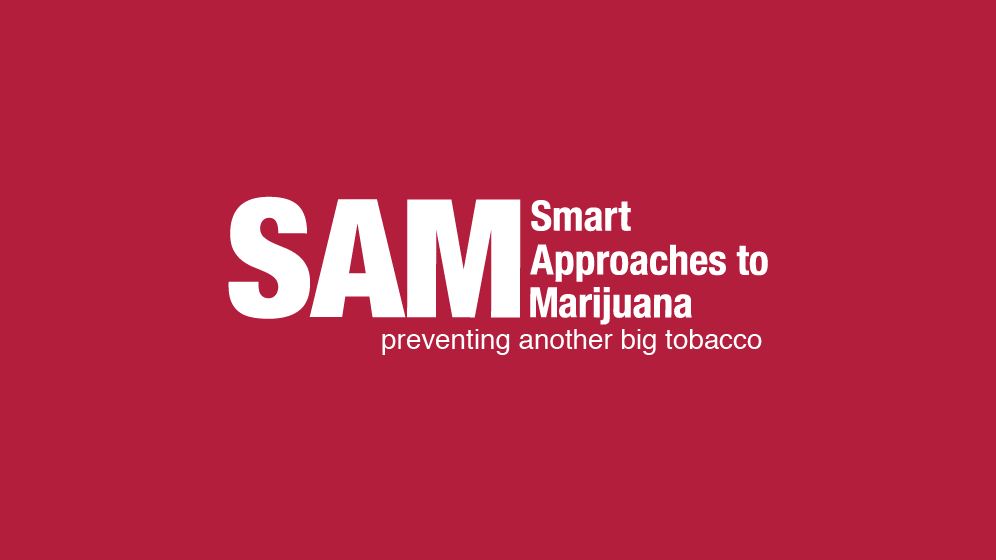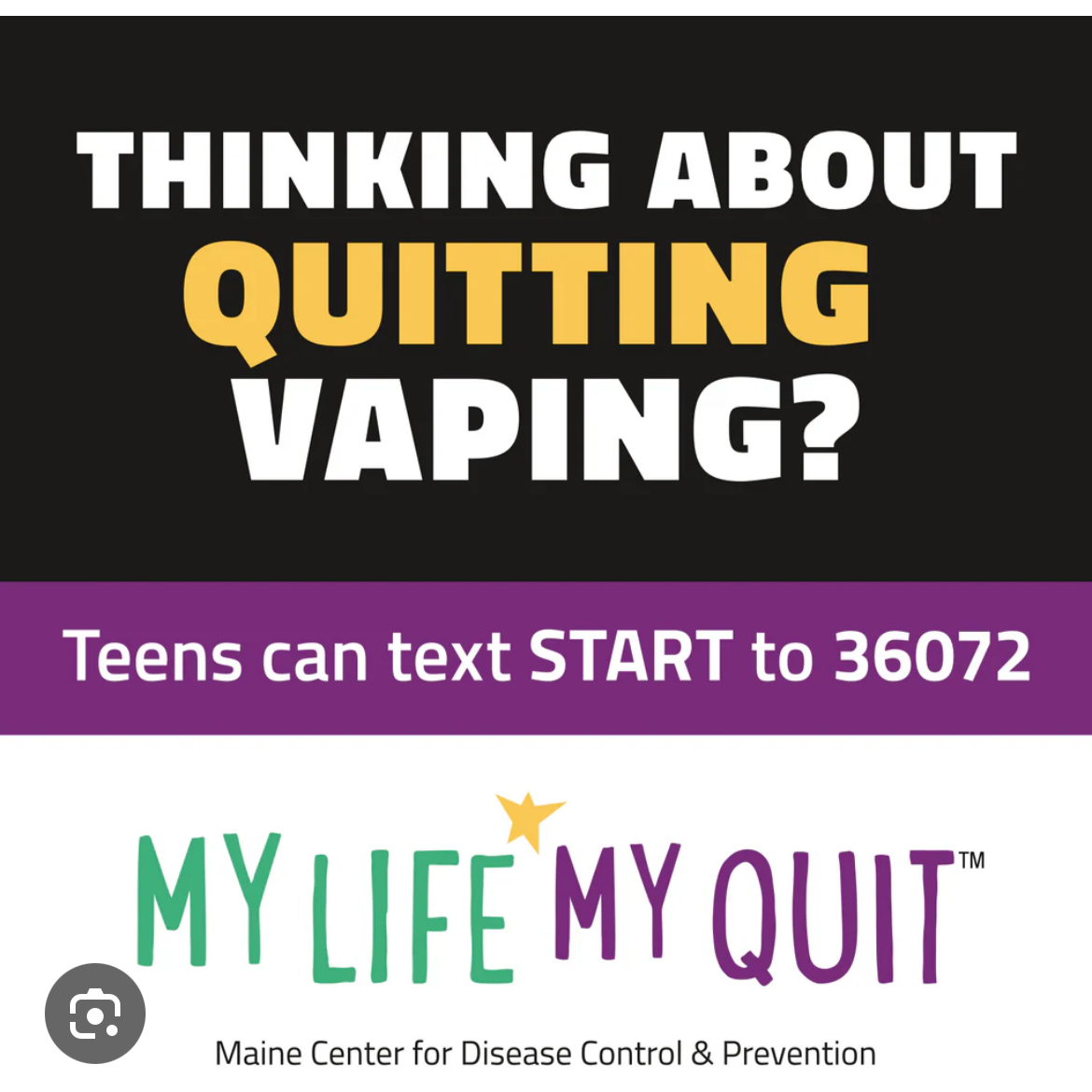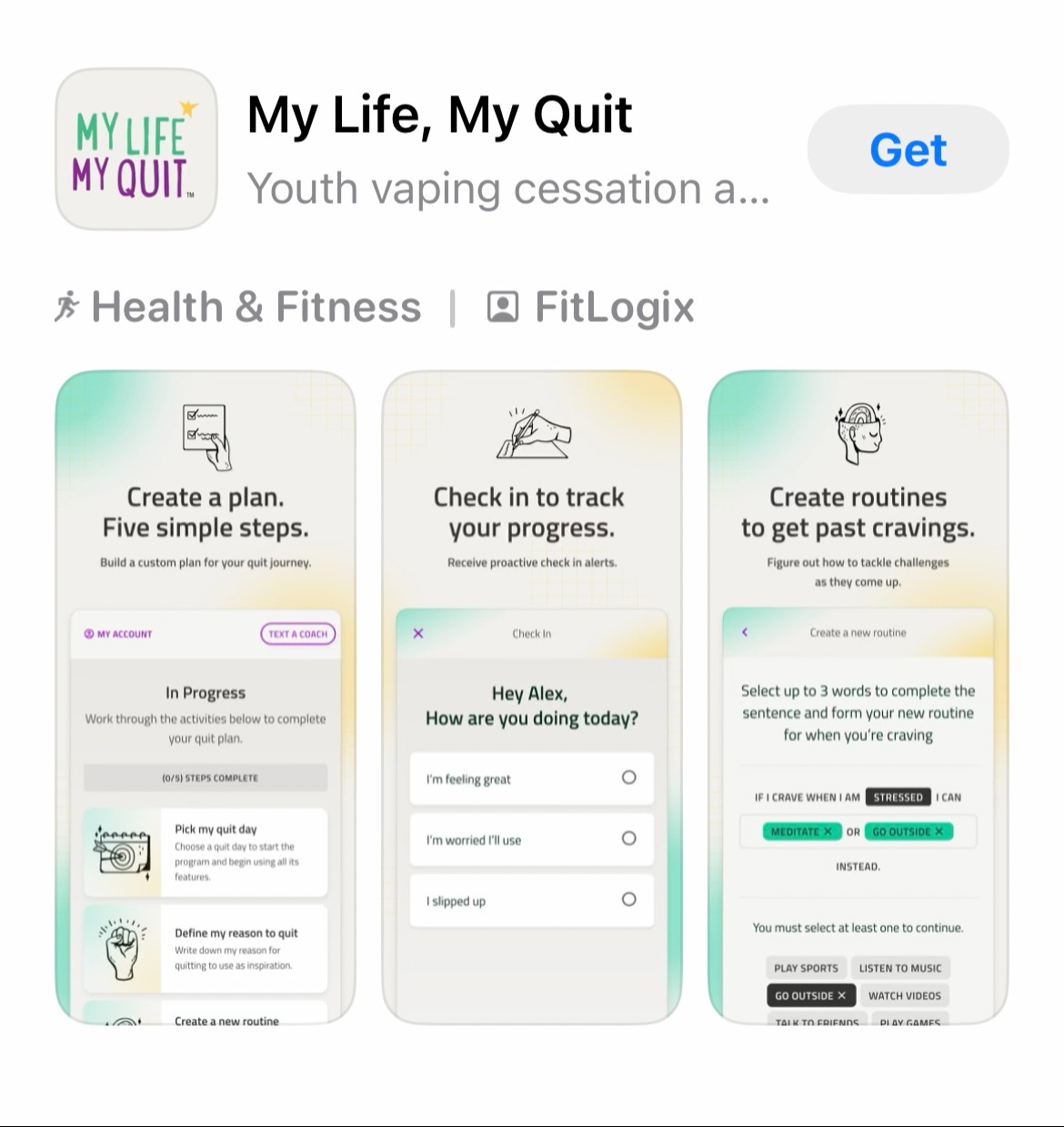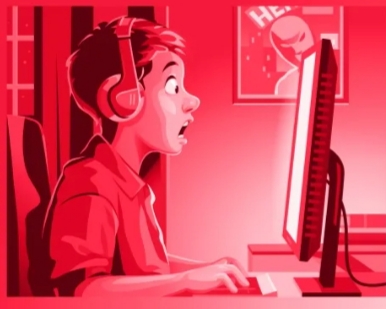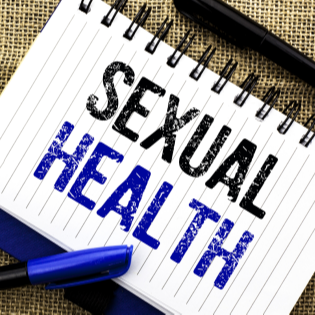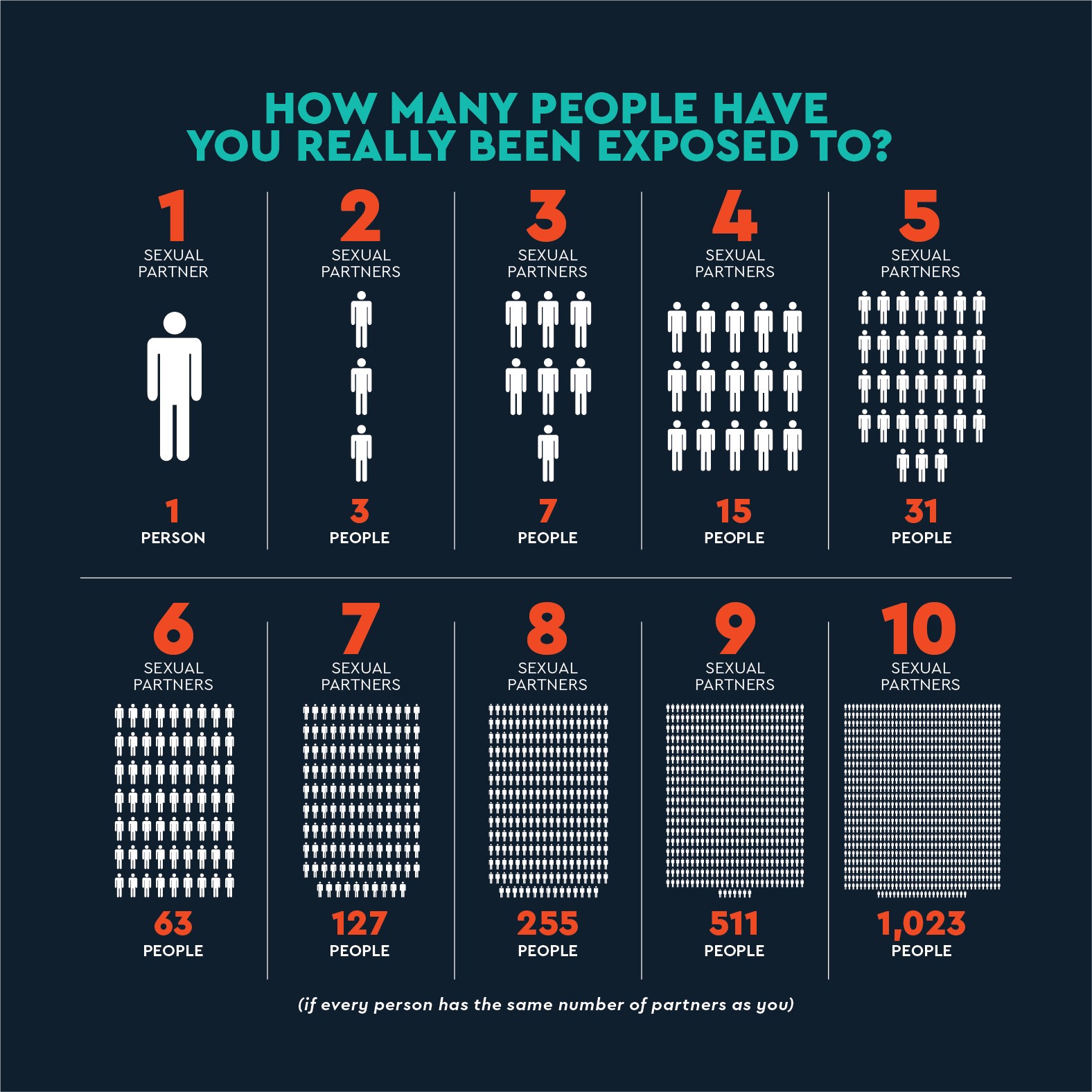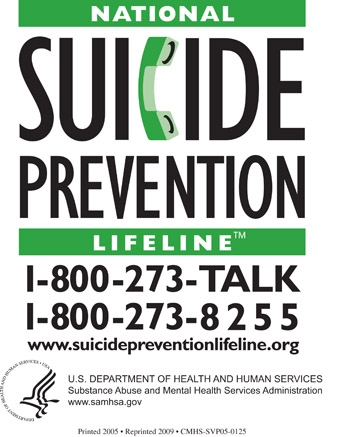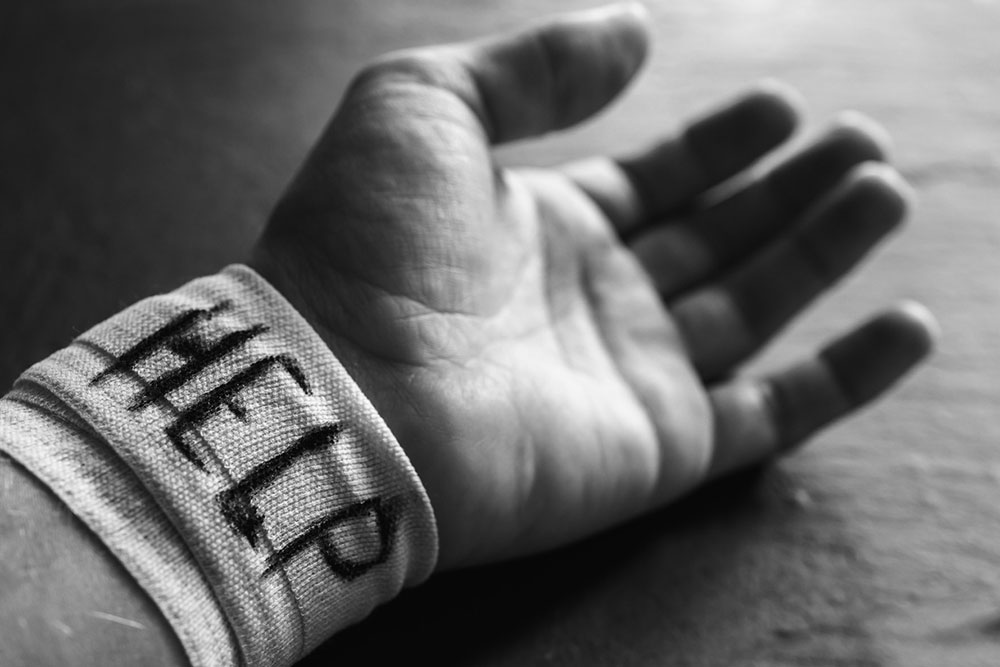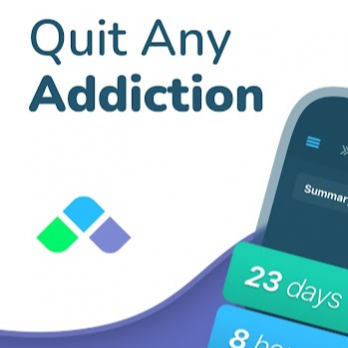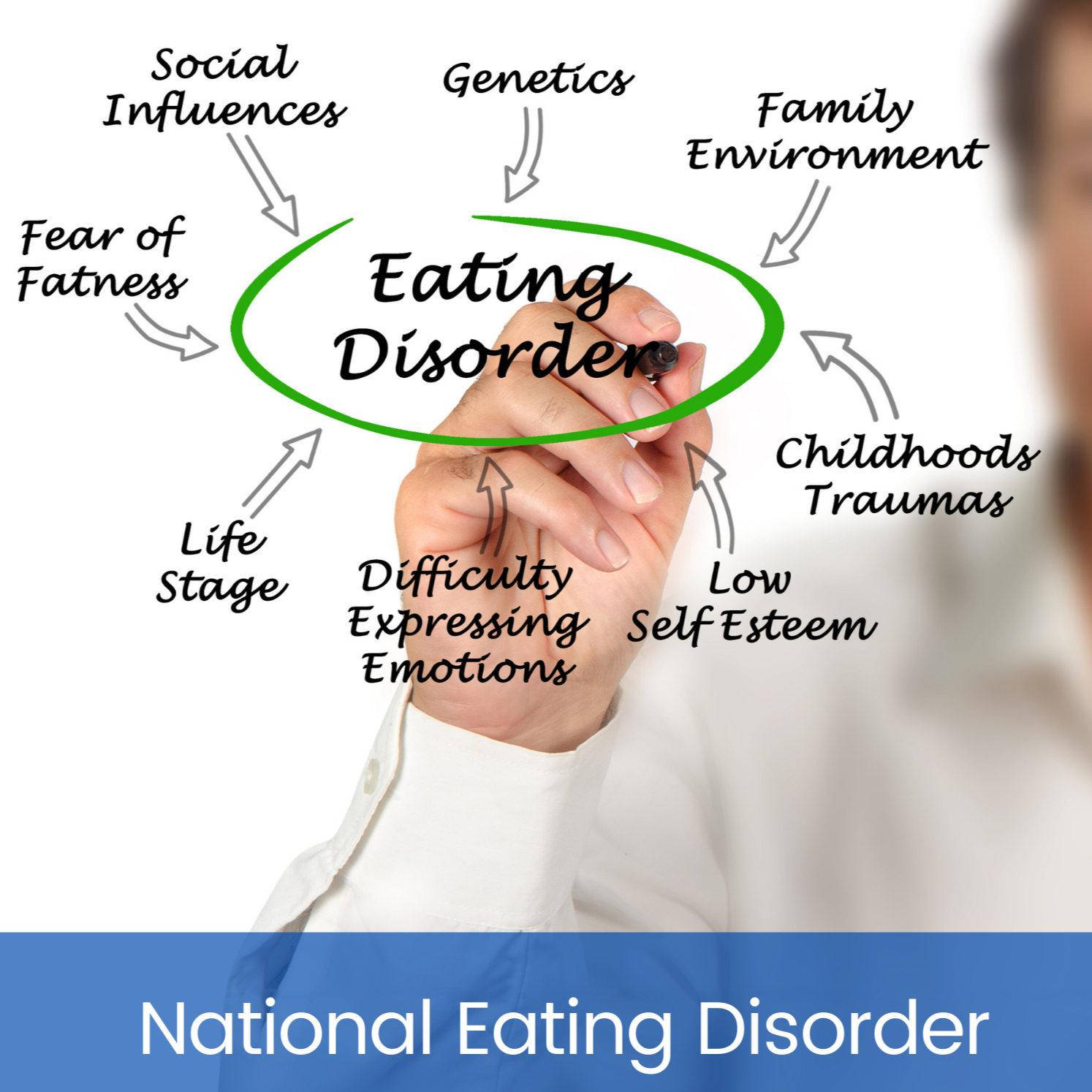SUICIDE PREVENTION
988 Suicide and Crisis Lifeline / Michigan Crisis and Access Line (MiCAL)
Death and life are in the power of the tongue. Speak life to every person, every day!
Suicide occurs in all walks of life. It isn’t selective about geography or socioeconomic status. It can happen anywhere. There is no single cause to suicide. It most often occurs when stressors exceed the current coping abilities of someone suffering from a mental health condition. Suicide is the result of a long mental illness that happens because the person is in so much pain that he or she believes they have no other way to end it.
The signs are there, we just need to recognize them. Death by suicide is the end of an illness rather than an act of cowardice or a crime.
It is OK to TALK with someone about their suicidal thoughts. This WILL NOT cause them to follow through with it. Anyone who talks or gives signs about suicide, wants someone else to know about it. They may not ask for help directly, but they are delivering a message.
- Ask them, “Are you thinking about hurting yourself?”
- Ask them, “Do you have a plan?”
Taking time to tell a student that you noticed they seemed troubled and referring that student to a school counselor or staff are simple acts of kindness that can help save lives.
SUICIDE PREVENTION - A Resource For Teens
Learn more about the Warning signs, Risk factors, Statistics, and Treatment of SUICIDE - learn more information ABOUT SUICIDE - learn the WARNING SIGNS - learn WHAT TO DO WHEN SOMEONE IS AT RISK
Students often give signals of their intentions. If you see the warning signs, don’t wonder about it – TAKE IT SERIOUS and ACT. Refer the student to a professional school counselor, teacher, or administrator. Signs of depression are often non-verbal and tend to look like typical teenage behavior, but behaviors last for several weeks or months.
- Moods and attitudes tend to change when a person is severely depressed.
- Showing drastic behavior changes.
- Withdrawing from friends and usual activities.
- Excessive use of alcohol or drugs.
- Giving away possessions.
- Taking unnecessary risks.
- Displaying non-typical behavior.
- Talking, writing or drawing about suicide.
- Becoming preoccupied with death and dying
- Losing interest in his or her personal appearance.
- Having made a previous suicide attempt.
.
.
How to help students in the aftermath of a traumatic event
- It is important to NOT shut the conversation down. Every student will be talking about it in the halls. Students need to openly discuss what is going on and express their fears and concerns. - Try to normalize routines as much as possible. Kids feel safe and secure when routines get put back in place and when things like extracurricular activities are re-instituted.
.
TREVOR PROJECT - The Trevor Project provides 24/7 crisis support services to LGBTQ young people. Text, chat, or call anytime to reach a trained counselor
.
HealthyChildren.org - by American Academy of Pediatrics - Information on supporting resilience and mental health in families

